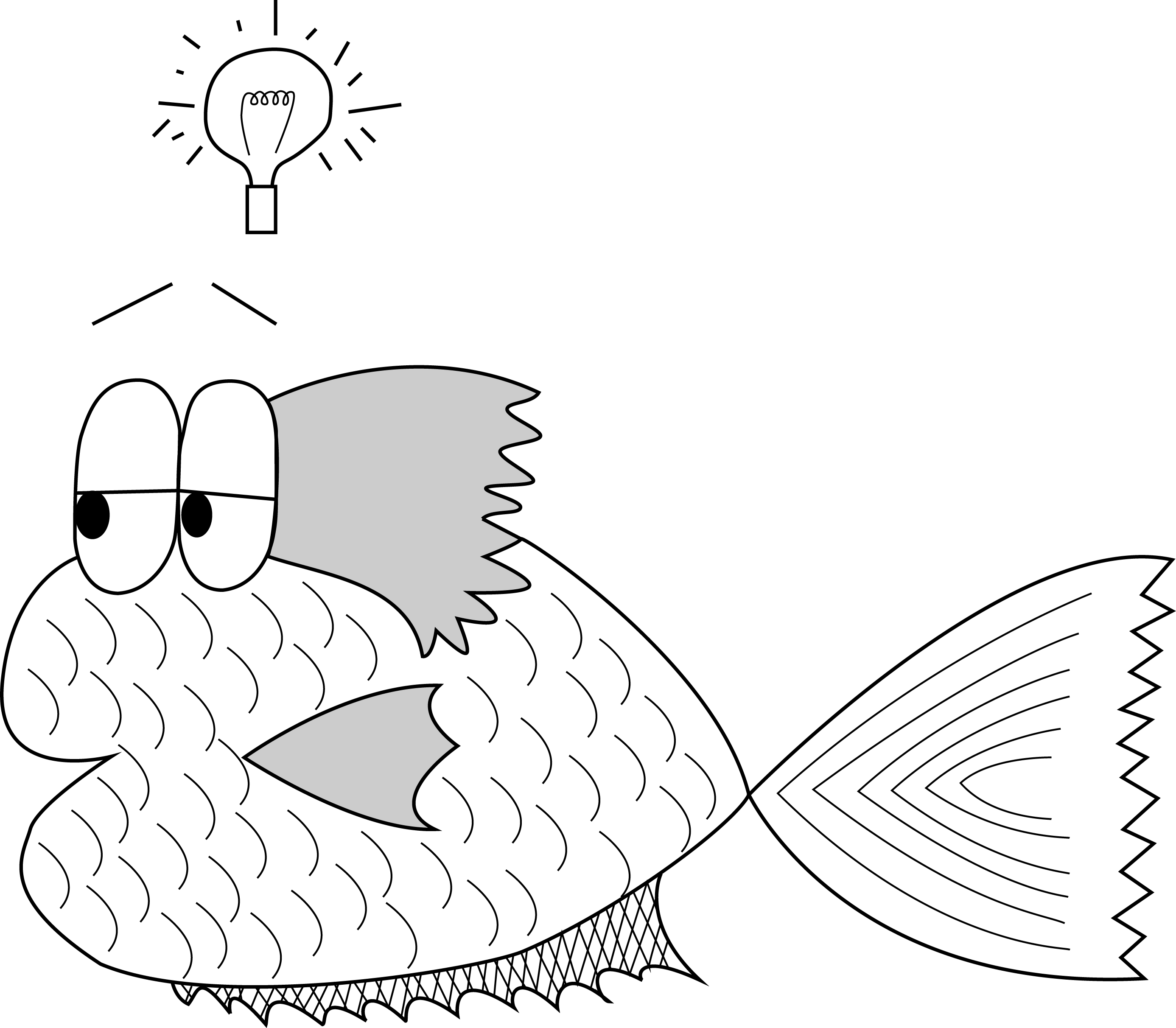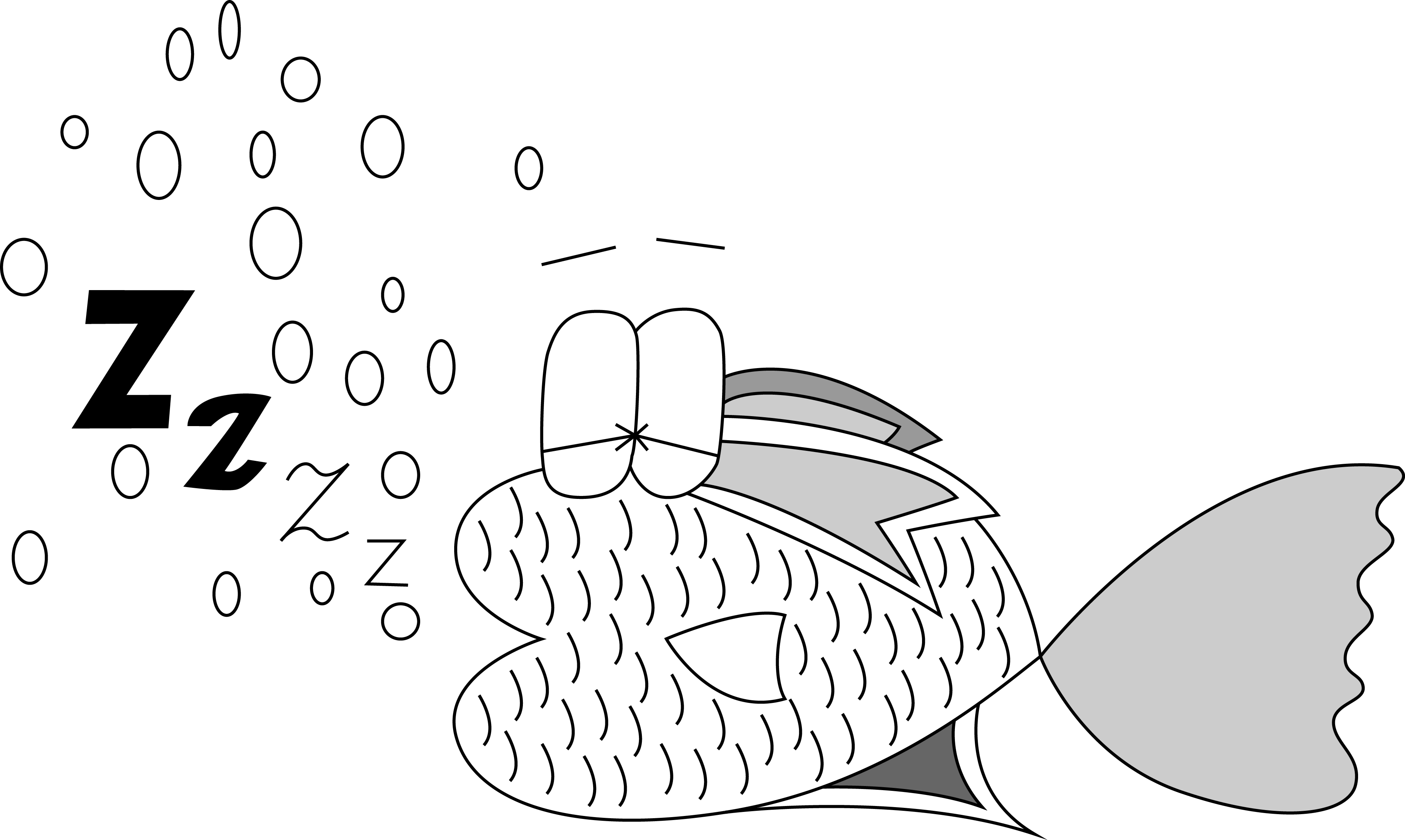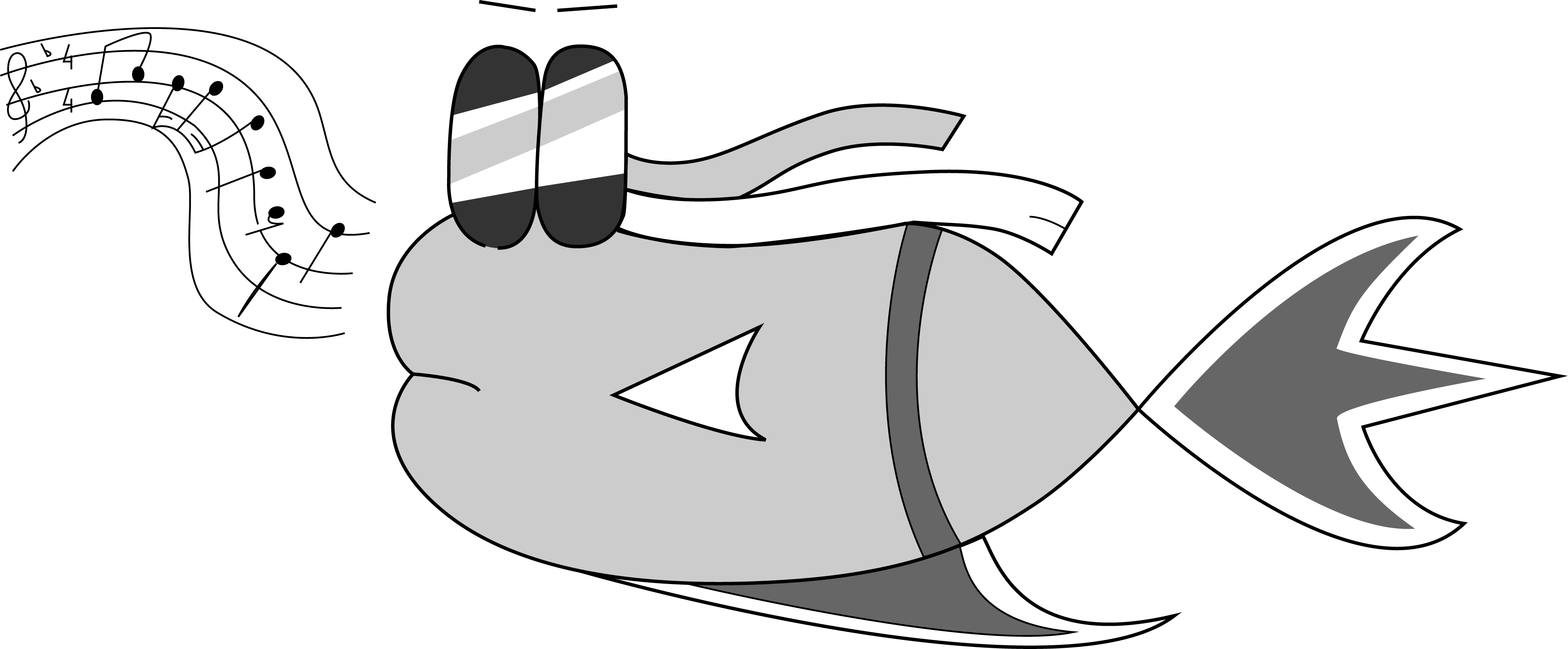SOME THOUGHTS ABOUT
Search Term Optimization
Be Precise, Save on Costs
GETTING TERMS RIGHT
Keyword vs. Search Term
The most important thing you have to grasp is the difference between a keyword and a search term.
- A search term is the specific text a user types into Google’s search bar.
- A keyword is a targeting criterion for your campaign. Whether your ad appears for a certain search term or not is essentially determined by your keyword list.
POSITIVE AND NEGATIVE
Keyword Types
There are two main kinds of keywords: positive and negative.
- Positive keywords are targeting criteria for what queries you want to appear for.
- Negative keywords are targeting criteria for what queries you do not want to appear for.
- Campaign negative keywords are special kinds of negative keywords. They are valid not only at the ad group, but at the campaign level.
You can read about keywords in general and negative keywords in Google’s Support Center.
JUST THINK ABOUT SETS
Match Types
Match Types determine how your keyword is used to target certain search terms. Understanding match types is critical for search term optimization, or else you may even risk adding keywords you don’t need. In order to show your ad, Google checks your keywords to see if any of them can be matched to the user’s search term. You have quite clear-cut control as to how you want your keywords matched: to this end, you have various match types to choose from. Google has a detailed description of match types in their Support Center.
- Exact match is the most specific match type. For exact match to work, the user’s search term must exactly match your keyword.
- Phrase match is somewhat more allowing. In the case of phrase match the user’s search term must contain your keyword.
- Broad match provides the least control, but it is also has a wide range of applications. It allows for synonyms, related phrases and technically anything Google seems to be connected to your keyword.
Modified broad match is a special type of broad match. By using the ‘+’ modifier before a word in your keyword, you specify that the search term must contain that particular word, exactly as you specified.
IN A NUTSHELL
A Summary of the Basics

Widening Your Reach
In the end, you could rely entirely on exact match to appear only for specific phrases, but in that case, you would miss out on a lot of your potential market. Just think about how many ways people could possibly search for your product. However, once you start using wider match types, you will notice that while you do miss out on less of your market, you will begin to appear for search queries you do not really intend to. As a retailer, you would not want to appear for the term “hiking shoes for free” — this is why you should collect your search term data and make modifications to your keyword list. In this case, adding the phrase match negative keyword “free” will fix the problem.
The Painful Way
Search term optimization is a tedious process, however. While Google does provide the data you need, you will first need to fetch that data then sort and possibly rearrange it to suit your needs. Then you will have to walk through the entire list, phrase by phrase, taking notes on the keywords and their match types you wish to add. Finally, you will have to add those keywords to your Google Ads account manually. There is an ocean of search queries to deal with, and the process is awfully time-consuming.


Move Like The Fish
This is where OptiGuppi comes into play. OptiGuppi fetches your data and automatically arranges it in a readily available format. You can add entire search terms or just parts of them as keywords, and make quick progress through your data. OptiGuppi is not an automation tool – you will still be in complete control of what you want to do – but an efficiency-enhancing tool, providing you the means to do more in less time.

